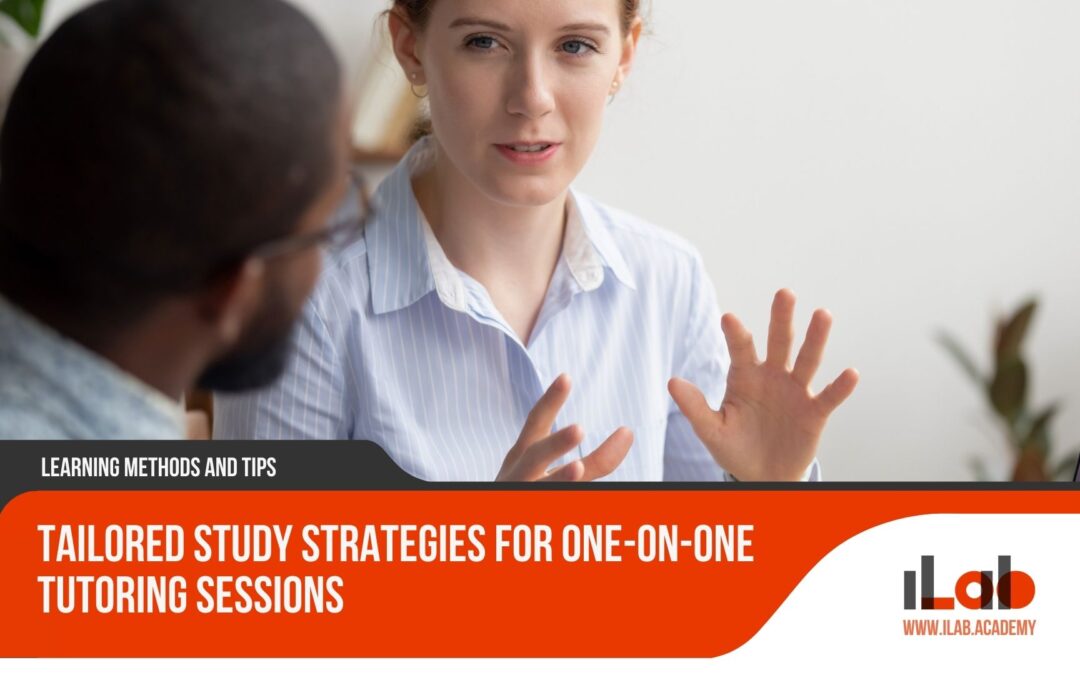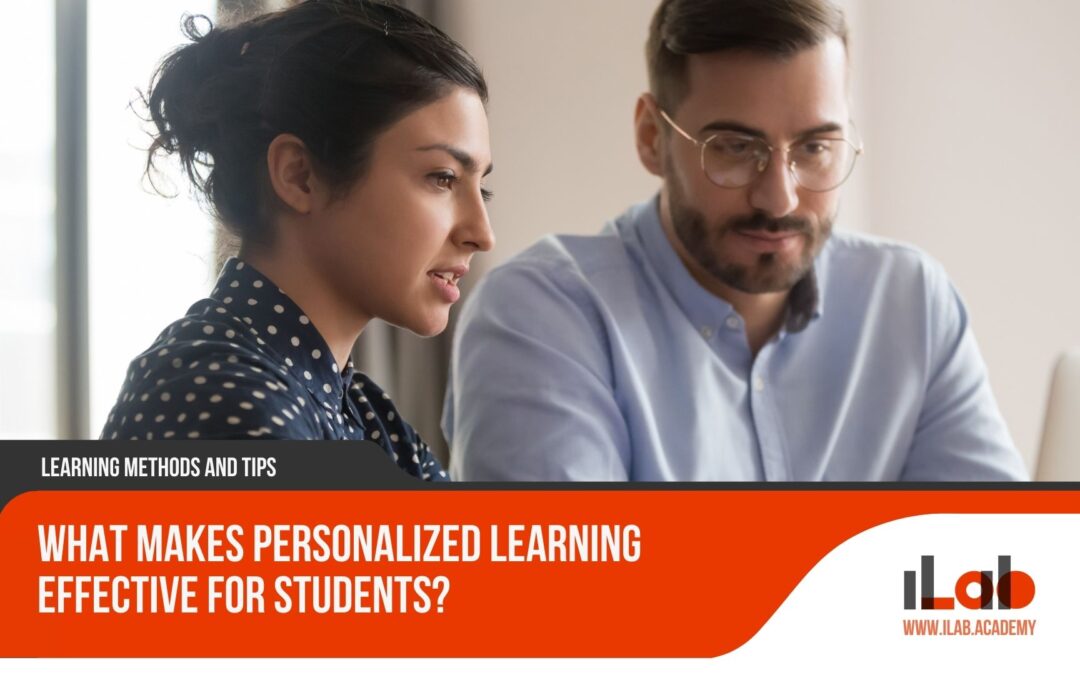Table of contents
In the realm of learning, my private tutoring curriculum is a chameleon, constantly adapting its hues to complement the educational landscape of each unique student. I’ve crafted a teaching approach that breathes life into lessons through personalization, ensuring that each concept resonates with the learner’s individual style and pace. I’m passionate about integrating cultural nuances and real-life applications, making the material not just learned but lived. My methods are innovative, embracing technology and creative strategies to spark engagement. I design content that speaks directly to my student’s goals and interests, and flexibility is at the core of my scheduling and curriculum adjustments. What sets my curriculum apart is its dynamic nature—it’s a living framework sculpted by feedback and the evolving goals of my students.
Key Takeaways
- Personalization to the student’s learning style and pace is crucial in creating a unique private tutoring curriculum. Adapting the curriculum to suit the individual preferences and pace of the student can significantly enhance their learning experience, boost confidence, and improve retention.
- The integration of cultural context and real-life application in the curriculum is another key aspect that sets it apart. Including customs, idioms, and etiquette, and incorporating real-life scenarios and practical language usage can help students better understand and engage with the language they are learning.
- Innovative teaching methods and technologies can make a private tutoring curriculum stand out. Incorporating language apps, online collaborative tools, or gamification can enhance the learning experience and encourage continuous practice and immersion.
- Customized content and vocabulary focus tailored to the student’s interests and vocational needs are essential in creating a unique curriculum. By curating content and vocabulary relevant to the student’s goals, the tutor can increase their motivation and investment in the learning process.
Personalization to Student’s Learning Style and Pace
Adapting my tutoring strategies to accommodate each student’s unique learning style and pace, I’ve found that personalization is key to fostering a more effective and enjoyable educational experience. By recognizing and respecting that each learner absorbs information differently, I can craft a curriculum that is not only more engaging but also more likely to stick.
Visual learners, for example, benefit enormously from diagrams, charts, and written instructions. I incorporate plenty of visual aids and organize content in a visually appealing way to help these students grasp and retain new concepts. Auditory learners, on the other hand, respond well to discussions and oral explanations. I make sure to include plenty of conversational practice and listening exercises for them.
Kinesthetic learners can find traditional language learning particularly challenging, as it often lacks the physical engagement they thrive on. To counter this, I integrate activities that require movement, such as acting out dialogues or using tangible objects to practice vocabulary. This not only caters to their learning style but also adds a dynamic and enjoyable aspect to lessons.
Moving at a pace that each student finds comfortable is crucial. It alleviates pressure, allowing learners to fully comprehend material before progressing. This boosts their confidence and leads to better retention over time. I’m attentive to the signs that a student is ready to move forward or needs more time to review, ensuring that our sessions are productive without being overwhelming.
In essence, tailoring my approach to the individual’s learning style and pace is a cornerstone of my tutoring philosophy. It’s what makes my curriculum unique and effective, providing each student with a personalized pathway to language mastery.
Integration of Cultural Context and Real-life Application
Building on the foundation of personalized learning, I weave cultural nuances and practical application into my language curriculum to bring the foreign language to life. Understanding that language is a gateway to culture, I ensure my students don’t just learn the mechanics of a new language, but also the rich tapestry of its cultural context. This approach not only enriches their learning experience but also equips them with the knowledge to use the language authentically and confidently in various social settings.
Here’s how I make this happen:
- Immersion through Media: Utilizing films, music, and books to expose students to the language as it’s used in different cultural settings.
- Role-playing Scenarios: Simulating real-life situations like ordering at a restaurant or asking for directions to practice conversational skills.
- Cultural Exploration: Discussing customs, idioms, and etiquette to deepen understanding of the societal norms embedded in the language.
- Field Trips and Cultural Events: Whenever possible, I arrange outings to places where the language is spoken natively or cultural events that showcase its traditions.
- Authentic Materials: Incorporating newspapers, advertisements, and social media feeds from the region to provide contemporary and relevant language use.
Innovative Teaching Methods and Technologies
In my curriculum, I’ve embraced cutting-edge teaching methods and technologies to create a more dynamic and interactive learning environment. I’ve found that the integration of modern tools not only captivates students but also provides them with the opportunity to learn in ways that align with today’s digital landscape.
The table below highlights some of the key technologies I employ:
| Technology | Use in Curriculum |
|---|---|
| Language Apps | For on-the-go learning and review |
| Online Platforms | To facilitate real-time collaboration and feedback |
| Gamification | To inject fun and competitive elements into lessons |
| Multimedia | To provide rich, contextual learning experiences |
| Adaptive Software | To personalize learning paths based on performance |
Through these tools, students can engage with the material at their own pace, which is a game-changer for those who might need extra time or those who wish to advance more quickly. Language apps, for example, allow for repetitive practice that is necessary for language acquisition, while gamification introduces an element of play that makes learning less daunting and more engaging.
Moreover, the use of multimedia in my curriculum goes beyond traditional textbooks. Videos, songs, and interactive exercises offer a sensory-rich experience that aids in memory retention, while online platforms enable students to collaborate with peers from around the world, providing a practical application of language skills in a global context.
As I continue to adapt and expand upon these technological methods, I’m always looking for ways to tailor the learning experience even further. This leads us into the next crucial aspect of a standout curriculum: customized content and vocabulary focus.
Customized Content and Vocabulary Focus
My curriculum’s vocabulary enrichment component tailors content to each student’s personal interests and professional ambitions, ensuring language learning is not only relevant but also intrinsically motivating. By customizing the content, I can tap into the student’s natural curiosity and drive, creating a more engaging and effective learning experience.
When I build a personalized vocabulary list, it’s not just a random assortment of words. Instead, I focus on:
- Interest-Based Terms: Including jargon from hobbies or areas of passion to keep lessons enjoyable and relatable.
- Professional Jargon: Curating a list of industry-specific terminology for those aiming to advance in their careers.
- Practical Language: Selecting everyday phrases and expressions that will be immediately useful in real-life situations.
- Cultural Nuances: Integrating idioms and colloquialisms to provide a deeper understanding of the language’s cultural context.
- Goal-Oriented Vocabulary: Emphasizing words and phrases that align with the student’s personal language-learning objectives, whether it’s for travel, business, or academia.
This approach to vocabulary building is not just about memorization; it’s about connection. By linking new words to a student’s existing knowledge and interests, I can facilitate better retention and application. Plus, it ensures that the material we cover is directly applicable to their life, providing immediate rewards for their effort. This relevance acts as a powerful motivator, encouraging sustained engagement and a genuine investment in the learning process. Tailored content is more than a teaching strategy; it’s a bridge between the student’s aspirations and the language that will help them get there.
Flexibility in Curriculum Design and Scheduling
While adapting the curriculum to match the evolving interests and goals of each student, I also offer flexible scheduling to ensure that their learning can seamlessly integrate with their personal and professional lives. Recognizing that my students have diverse schedules and responsibilities, I’ve designed my tutoring to be as accommodating as possible. Whether they’re balancing a career, education, or personal commitments, I make sure that our sessions can fit into their busy lives without adding stress.
This flexibility extends to the curriculum design itself. If a student’s objectives shift — say from leisure travel to business communication — I adjust our sessions to reflect these changes. This keeps the material relevant and engaging, fostering a more effective learning environment. It’s all about creating a personalized experience that aligns with their current needs and future aspirations.
Moreover, I’m aware that life can be unpredictable. That’s why I maintain a certain level of adaptability in scheduling. If a student needs to reschedule a session, I’m open to making changes. This isn’t just about convenience; it’s a fundamental part of respecting their time and commitments, which in turn, builds a trusting and productive tutor-student relationship.
Ultimately, the flexibility in both curriculum design and scheduling is central to my teaching philosophy. It’s about providing a service that’s as dynamic and multifaceted as the lives of my students. I firmly believe that this approach leads to a more sustainable and enriching learning journey, one that they can continue with passion and dedication.
Assessment and Feedback Customized to Individual Progress
Tailoring assessments and feedback to each student’s unique progress, I’ve found, is crucial for their personal language mastery and confidence. It’s not just about checking off a list of competencies; it’s about deeply understanding where a student is on their language journey and guiding them forward with precision. Here’s what makes my approach to assessment and feedback so effective:
- Ongoing Evaluations: I regularly assess my students’ skills to ensure they’re on track and to make adjustments as needed.
- Positive Reinforcement: While I identify areas for improvement, I also celebrate their achievements to boost their morale.
- Constructive Feedback: I provide specific, actionable feedback that helps students understand how to improve.
- Personalized Goals: Assessments are aligned with the student’s personal objectives, keeping them motivated and focused.
- Transparent Communication: I maintain an open dialogue about progress, making sure students understand their own development.
My assessments aren’t just a formality—they’re an integral part of the learning experience, designed to be as unique as the individual I’m teaching. By customizing the way I evaluate and offer feedback, I ensure that each student feels seen, heard, and understood. This is not about one-size-fits-all testing; it’s a nuanced process that respects and responds to each student’s pace, style, and needs.
Students know that I’m not just ticking boxes; I’m invested in their growth. This personalized approach helps them to take ownership of their learning, stay engaged, and maintain momentum. They’re not just learning a language; they’re learning how to learn, and that’s something truly special.
Ongoing Curriculum Evolution Based on Student Feedback
I consistently take into account student feedback to tweak and enhance the curriculum, ensuring it evolves to meet their educational needs and preferences. This evolution isn’t just about keeping the content fresh; it’s about resonating with my students on a deeper level, making sure that every lesson speaks to their interests, strengths, and areas for improvement.
To gather this crucial feedback, I employ various methods, including surveys, informal chats, and reflective journals. This allows me to capture their thoughts and feelings in real-time and address them promptly. I’m not just their tutor; I’m a partner in their learning journey, and their insights are invaluable for shaping a curriculum that’s as dynamic as it is effective.
Here’s a snapshot of how I use feedback to evolve the curriculum:
| Feedback Type | Changes Made | Outcome |
|---|---|---|
| Survey results indicating a desire for more interactive activities | Introduced role-playing games and simulations | Enhanced student engagement |
| Informal conversation revealing difficulty with pronunciation | Incorporated specialized pronunciation exercises | Improved student’s speaking skills |
| Reflective journal entries expressing interest in local culture | Integrated cultural immersion sessions | Increased student’s cultural understanding |
| Direct request for more flexible scheduling | Adjusted lesson times to fit the student’s availability | Greater consistency in lesson attendance |
| Feedback on pace being too fast | Slowed down instruction, offering more revision time | Better retention and comprehension |
Every piece of feedback is a stepping stone towards a curriculum that’s tailored perfectly to my students’ aspirations. It’s not just about teaching a language; it’s about fostering a personalized learning experience that grows and adapts as they do. That’s what makes my curriculum unique—and why my students thrive.
Frequently Asked Questions
How Does the Private Tutoring Curriculum Account for Students With Learning Disabilities or Special Educational Needs?
I adapt my tutoring strategies to accommodate students with learning disabilities by using specialized techniques. For example, I employ multisensory approaches for those with dyslexia. I also break down concepts into manageable chunks and provide extra time for students who need it. By customizing my methods and materials, I ensure every student has the opportunity to succeed and feel confident in their learning journey.
Can the Unique Curriculum Be Adapted for Group Tutoring Sessions, and if So, How Is Personalization Maintained Within a Group Setting?
Absolutely, I can adapt my curriculum for group sessions. By assessing each student’s needs, I create breakout activities that target individual strengths and challenges. I also use peer learning techniques where students can learn from each other, maintaining personalization within the group. It’s about balancing collective progress with individual attention to ensure everyone’s growth. This way, personal touch isn’t lost, even in a group dynamic.
How Does the Curriculum Address the Development of Non-Verbal Communication Skills, Such as Body Language and Gestures, in Language Learning?
I focus on non-verbal communication by incorporating body language and gestures into my lessons. By using videos, mirror exercises, and role-playing, I help students understand the subtleties of physical expression in different cultures. It’s not just about words; effective communication often hinges on these silent cues. I ensure my students practice these skills, making them more fluent and confident in real-life conversations. Their feedback confirms it’s a game-changer for their language mastery.
What Measures Are in Place to Ensure the Curriculum Remains Up-To-Date With the Latest Linguistic Changes and Slang in the Target Language?
I constantly update my curriculum to keep up with the latest linguistic changes and slang. I scour online resources, connect with native speakers, and incorporate current media and literature. This approach ensures that my students learn a language that’s both current and relevant, allowing them to communicate effectively and authentically in real-world situations. It’s crucial for maintaining the practicality and freshness of the language skills I teach.
How Does the Tutoring Curriculum Integrate With Standardized Language Proficiency Tests Preparation, if a Student’s Goal Is to Achieve Certification or Pass a Specific Exam?
I’ve tailored my curriculum to include exam-specific strategies and practice tests that align with standardized language proficiency exams. By integrating these elements, I ensure that students aiming for certification or particular exams get the focused training they need. I also stay updated on the latest exam formats and requirements, adapting my teaching to give students the best shot at success. It’s a comprehensive approach that caters to their specific goals.
Conclusion
In my tutoring sessions, I’ve seen how tailoring lessons to each learner’s style and pace sparks true growth. By blending cultural insights and real-world use, I ensure learning stays lively and relevant. I’m constantly seeking fresh ways to engage, whether through tech or creative content. My curriculum’s flexibility and personalized feedback help students thrive. Your journey with me is unique, evolving with every lesson, shaped by your voice—a testament to the power of bespoke education.














